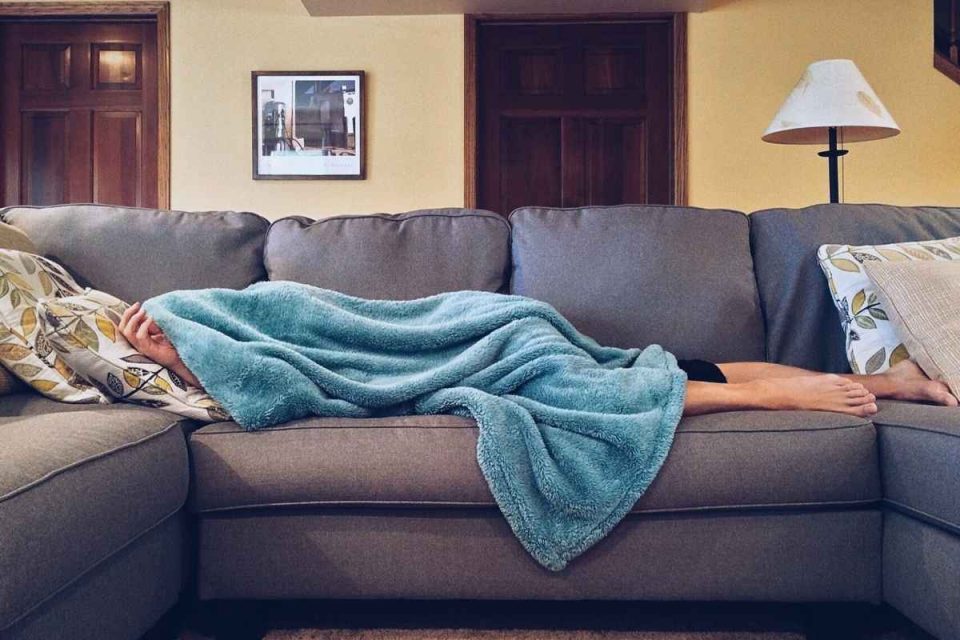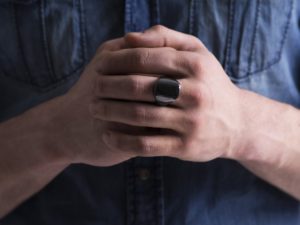This Week’s Thrive In Five Is About Napping
This month, we’re going to run a four-part series built around my idea of slivers of recovery. Those of you who have read my book, Cadence, will already know this term. If you haven’t, you can find Cadence on Amazon, but let me explain what it means. A sliver of recovery is something really small that you can do in a day to help improve your wellbeing. So over the next four weeks, I’ll be sharing four ideas for you to try, and we’re going to start with napping.
How To nap
Science tells us that the ideal time for a nap is about 20 minutes for diurnal sleepers, which most of us are. This means we sleep at night and work in the day from approximately eight to six – or typical office hours. So if you are a diurnal sleeper, the best time to nap is between 1pm and 3pm. That’s simply because it’s not going to interfere with your evening sleep. Limiting a nap to under 20 minutes means you won’t fall into the deep phase of a sleep cycle.
The Power Of Napping
It’s not called a power nap for nothing. Napping has been proven to boost creativity, productivity and performance. So it’s important you don’t shy away from this idea. If you fancy a nap, and you have the opportunity to have one – and it isn’t going to get you fired, or into trouble at work – take it. It really is an excellent way to re-energise yourself for what’s to come. In fact, many workplaces are now more open to allowing people the opportunity for a quick nap, with some even installing nap dens or pods. Providing it’s not during the AGM or all-hands meeting, of course!
Slivers of recovery may seem small and inconsequential but can have significant health benefits. So try it, take a nap if you can, and see how you feel after. And that’s the first idea we’re going to share. I want you to think about what some other slivers of recovery could be, and how to get them into your day. We’ll be back next week with more.
Wellbeing Resources
In her latest book, Cadence, Leanne breaks down each stage of burnout using stories and examples including tips to help you apply each principle of the simple and effective Cadence Approach™ to your life. Available to buy now on Amazon.
Interested in finding out what your health IQ is? Take the Health IQ test, and get a free 39-page report built around our six signals, which are sleep, mental health, energy, body composition, digestion, and fitness.
Take our Wellbeing at Work Scorecard and see how your organisation’s wellbeing strategy scores against 4 key areas of wellbeing. You’ll receive a free highly personalised report with actionable insights.


